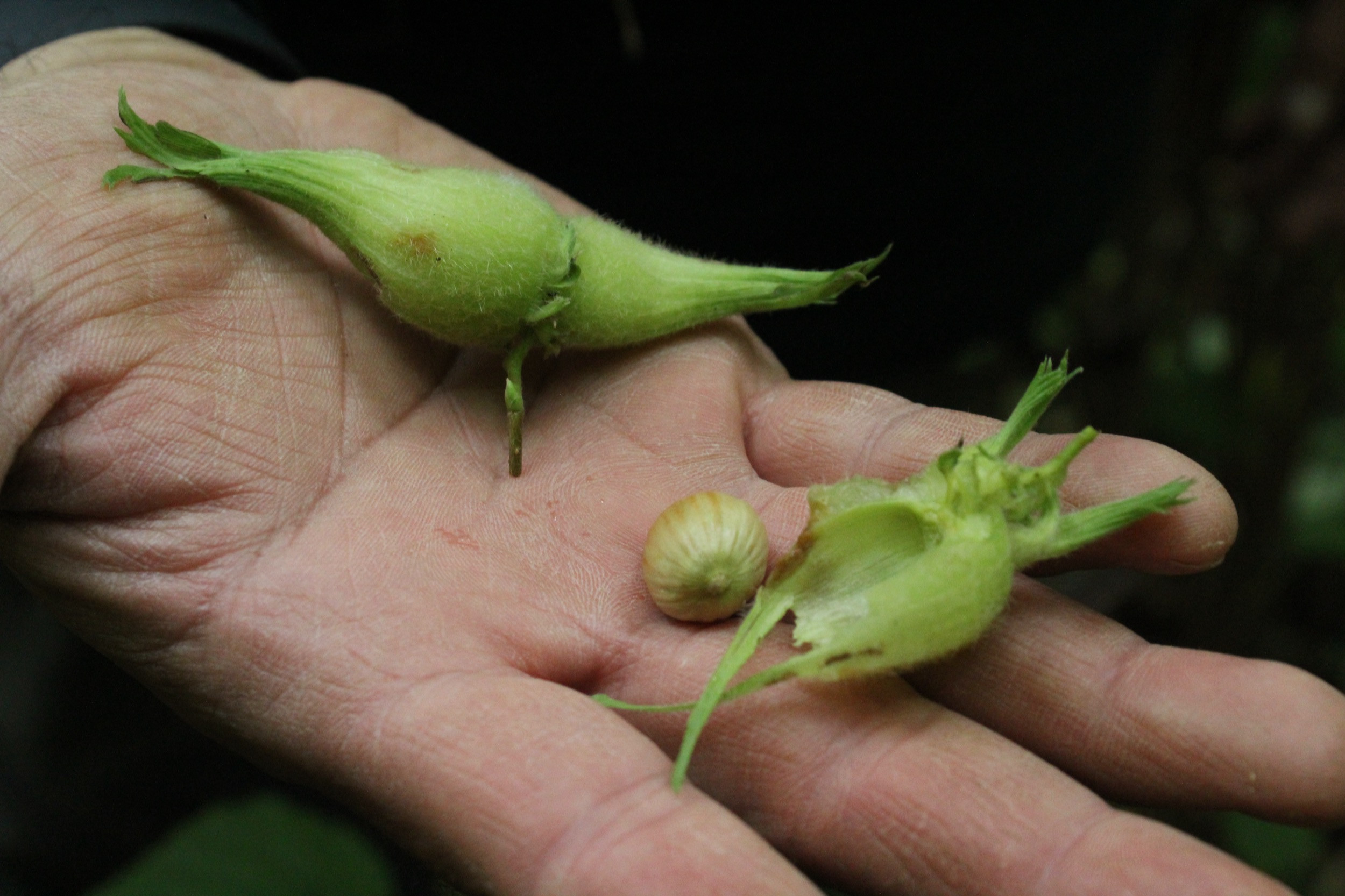A new study challenges traditional assumptions that pre-colonial Indigenous populations were only “hunter-gatherers” who did not actively manage the landscapes they occupied. Published in the Proceedings of the National Academy of Sciences, the research reveals the profound role of Indigenous peoples in shaping the ecosystems of the Pacific Northwest.
Led by Chelsey Geralda Armstrong (Indigenous Studies, Simon Fraser University) and a team of interdisciplinary scientists from Hakai Institute, the research indicates that Gitxsan, Ts’msyen, and Nisga’a were actively transplanting and managing hazelnut tree populations.
The study uncovers the deep historical and genetic connections between seemingly isolated hazelnut populations in northwestern British Columbia, highlighting the sophisticated stewardship of these supposedly "wild" plants long before settler colonialism. This is the first genetic evidence showing direct evidence of the management and cultivation of plant species like beaked hazelnut (Corylus cornuta).
This long-distance transplanting and in-situ cultivation of hazelnut demonstrates how Indigenous communities shaped plant species distributions in their territories over time—contradicting previous assumptions that hazelnut was naturally occurring in the region, as well as colonial narratives that view Indigenous land-use practices as passive or even non-existent.
"For far too long, Indigenous peoples have been discounted as agents and even architects of species range distributions throughout North America,” says Armstrong.
“This is strongly challenged here with not just genetic evidence, but also linguistic, ethnographic, and ethnobotanical evidence. The paper makes a strong case that people were moving favored species throughout their homelands, throughout time."
The research further provides a window into the historical interplay between people and plants, where non-domesticated species like hazelnut were as vital to food, medicine, and technologies as domesticated crops. The findings highlight the importance of recognizing Indigenous knowledge and nuanced impacts of people-plant interactions through time—all of which need to be better articulated and respected in settler conservation and restoration strategies.
About the Study
The findings were a result of a fortunate synergy between Armstrong and her collaborators, who had a theory requiring genetic data for confirmation, and Hakai Institute genomics researchers with expertise in population genetics. Based at the Marna Genome Lab on Quadra Island, British Columbia, Hakai Institute researchers oversaw the sample processing and analysis of genomic data.
This research is part of ongoing efforts by Armstong and her collaborators to understand the co-evolutionary relationships between humans and plants in the Pacific Northwest. By integrating genetic data with ethnographic and archaeological records, the team works to uncover the overlooked histories of Indigenous plant management, contributing to a broader understanding of land stewardship practices.
Key Findings
Genetic evidence supports long-distance transplanting and cultivation of hazelnut by Indigenous Peoples in British Columbia.
The research emphasizes the importance of Indigenous stewardship in shaping plant species' distribution, challenging settler-colonial narratives of "wild" landscapes.
Ethnographic and ethnobotanical indices enhance the explanatory power of plant genetic profiles and biogeography and help to uncover the history of culturally important taxa.
For the original media release and photos, click here.



